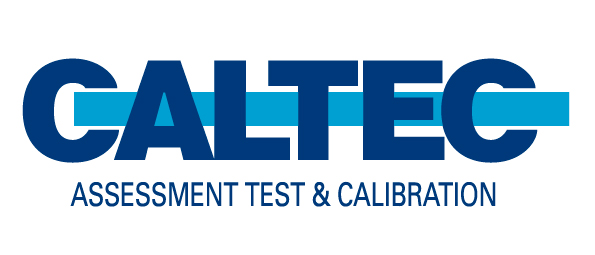How car technology has travelled through time
In this day and age, car technology develops at a rapid pace, yet cars have been slowly evolving from the very beginning. The crank handle was replaced by electronic ignition in 1922 and key ignition for production cars was introduced in 1949. Car cigarette lighters became available in 1921, and car radios in 1930.
Power steering, air conditioning and cruise control appeared in the 1950s while intermittent windscreen wipers, heated seats and electric windows made their way in the 1960s. The ‘70s saw the first digital dashboard, catalytic converters and anti-lock brakes while airbags started to become standard issue in the1980s.
Then things really got going.
Once upon a time, drivers used maps and road books to navigate, yet today we take GPS based navigation for granted. The first sat nav was put into a production vehicle in 1990 in Japan, America followed in 1995 and it started to become more commonplace in 2000. Besides this, the first connected system for a car was developed in 1996, and it could call emergency services if an airbag deployed. Over time, GPS locations and simultaneously transmitted voice and data were added. Head-up displays on a car started appearing in 1998, gradually becoming more widely available and are now a common option or even standard in some vehicles.
Today, it would be unusual for a new car to be sold without Bluetooth technology as standard, but it wasn’t until around 2000/1 before it appeared as an option. In 2001 the forerunner of the infotainment system as we know it today appeared featuring a prominent screen with a central control.
The first example of a rear view camera goes back to 1956, and though the technology was explored over the years, it didn’t make it into production until 1991. In America, legislation introduced in 2018 requires reverse cameras to be standard in all modern cars.
In 2004, remote start technology became available from production – previously it had only been available aftermarket. In 2006 the first self-parking production car appeared, quickly followed in 2007 by blind spot monitoring and LED headlights. 2009 saw the introduction of car and smartphone interaction for remote locking and unlocking and today apps enable fuel checks, location, booking services, remote starts and other diagnostics.
Research into building the first production autonomous vehicle began in the 2010s, leading to the driver assistance features increasingly seen today such as adaptive cruise control systems, lane-keeping and collision control.
Apple’s CarPlay arrived in 2014, closely followed by Android Auto. With voice control and navigation, travel and music apps, and making sure that a car’s tech is never further behind than an upgradable smartphone, this technology has superseded manufacturers’ infotainment systems.
And, though keyless entry has been around since 1980, it’s taken a while for the technology to become mainstream – always requiring the user to pocket the remote. As cellphones were finally able to replace the remote key fob in 2018, this technology is likely to become the inevitable choice before long.
